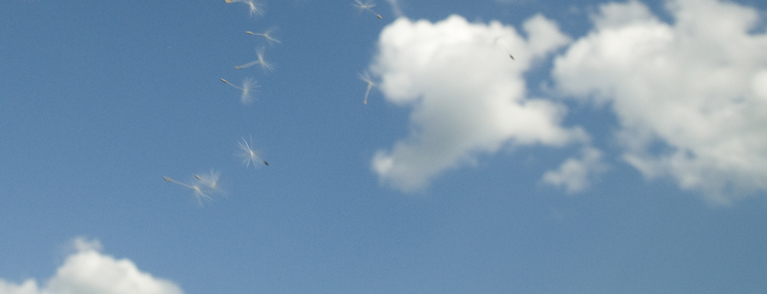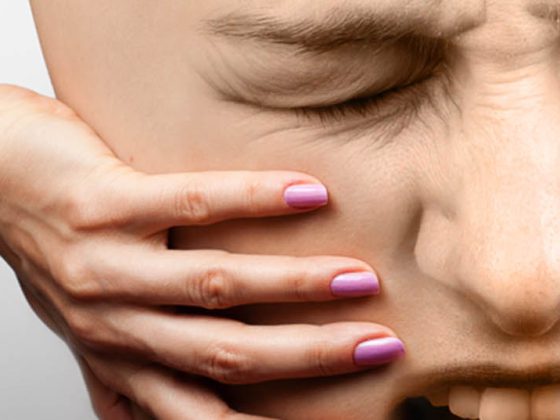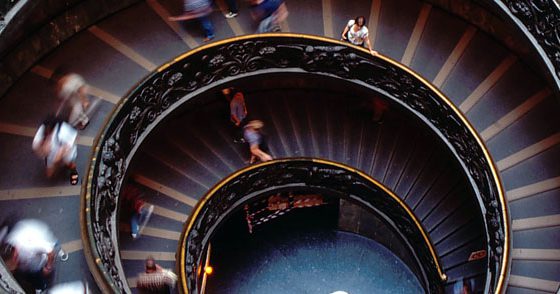“I’m never in the sun” or “I’m not a sun worshipper” are phrases we as physicians love to hear when we answer patients’ questions about the cause of their just-diagnosed skin cancer.
If we then ask the intensively tanned patient with signs of further precancerous lesions how he spends his time, we are told that he works a lot in the garden, plays golf or tennis, or walks or hikes regularly, if not daily. In all these healthy activities, the UV exposure taking place at the same time is apparently completely ignored. Sun exposure only seems to count if it is done with the intent to “sunbathe.” It can be confidently assumed that the duration of exposure during outdoor physical activity significantly exceeds that of a “sunbath”. This specific scotoma has already received scientific attention [1, 2]. It is pointed out that at the same time as physical activity is promoted, sun protection should also be promoted – a realization that probably receives too little attention. So every year I too am encouraged – with the support of my employer – to come to work by bike in the summer after all. However, there has never been any talk of sun protection in this context.
We have learned from the Australians that the appropriate behavioral training should begin in childhood. With simple and catchy slogans such as “Slip-Slop-Slap” (“slip on a shirt, slop on sunscreen, slap on a hat”, later supplemented by “seek shade, slide on sunglasses”), sun protection measures can be taught even to kindergarten children. Even if the duration of sun exposure is not reduced, the effects can be proven with fewer nevi as a result of intensified sun protection – also by means of appropriate protective clothing [3]. In this context, sun protection campaigns must also be repeated regularly to continue to motivate [4].
Of course, there are also consumer reservations about sunscreens. The potential hormonal effects of chemical photoprotective filters, nanoparticles and vitamin D deficiency are topics that are regularly addressed by the media. The continuing education article by Theiler, Surber and Weibel provides you with a set of arguments to competently answer the questions of unsettled patients. In the second part of the training focus, we will present photodermatoses, which occur much less frequently than UV-induced skin tumors, but which can mean a massive restriction for the affected patients.
Enjoy the reading!
Siegfried Borelli, MD
Literature:
- Jardine A, et al: Does physical activity increase the risk of unsafe sun exposure? Health Promot J Austr 2012; 23: 52-57.
- Ambros-Rudolph CM, et al: Malignant melanoma in marathon runners. Arch Dermatol 2006; 142: 1471-1474.
- Smith A, et al: Changes in the pattern of sun exposure and sun protection in young children from tropical Australia. Am Acad Dermatol 2012; Epub ahead of print.
- Makin JK, et al: Population and age-group trends in weekend sun protection and sunburn over two decades of the SunSmart program in Melbourne, Australia. Br J Dermatol 2013; 168: 154-161.











